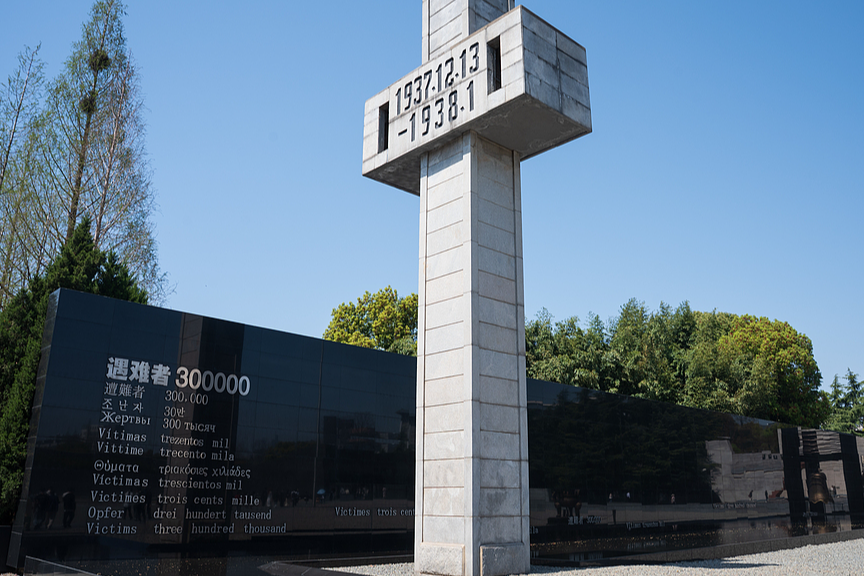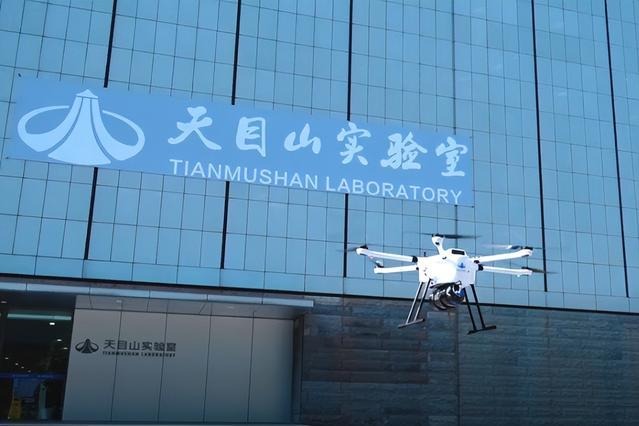Expressways are the road to success

The expressway is an inevitable product of the development of the transport network and one of the key indicators of the modernization of a country or region. Zou Jiahua, the then state councilor, pointed out that the expressway was not a question of whether to develop, but a commitment to develop. The development of expressways must be focused not only on today, but also on the future.
In December 1978, poet Shao Yanxiang published a poem China's Cars Calling Highways. He used his artistic brushstrokes to reflect hundreds of millions of Chinese people's eagerness for highways. After the reform and opening up, with the rapid development of the national economy, highway and cargo transportation traffic increased drastically, but the main arterial roads suffered serious traffic jams, which severely restricted social and economic development.
On Oct 31, 1988, the Shanghai-Jiading Expressway, the first expressway on the Chinese mainland, was completed and opened to traffic, achieving a breakthrough in New China. The expressway starts at Qilianshan Road in downtown Shanghai and ends at the South Gate of Jiading. It has a total length of 15.9 kilometers and is designed for speed of up to 120 kilometers per hour.
In 1990, the Shenyang-Dalian Expressway, with a total length of 375 kilometers, known as the "No 1 Road in China" was completed, marking a new era of rapid development of expressways.
In 1999, China's expressways exceeded 10,000 km; it reached 50,000 km in 2007. China's highway length passed the United States for the first time in 2012, ranking first in the world. On Dec 31, 2014, the G30 Lianyungang-Horgos Expressway was officially opened to traffic, currently the longest expressway in China, with a total length of 4,395 kilometers, spanning six provinces and autonomous regions including Jiangsu, Anhui, Henan, Shaanxi, Gansu and Xinjiang, directly benefiting many scenic spots and tourists along the route.
From dots to lines, lines to networks, expressways in China reached 160,000 kilometers, covering 98.6 percent of cities with a population of more than 200,000, and an average daily traffic exceeding 30.1 million vehicles. The amazing China expressway story is just one metaphor for the speed at which the country accomplishes massive projects.
As of the end of 2019, the three regions with the highest expressway density were Shanghai (13.83 km/100 sq km), Tianjin (11.47 km/100 sq km) and Beijing (6.86 km/100 sq km), followed by Guangdong, Jiangsu, Fujian and Zhejiang provinces. The seven provinces and municipalities, all located in the eastern coastal areas, are the most economically developed regions.
During the 13th Five-Year Plan period (2016-20), China's expressway network has increased its layout in the central and western regions. In particular, the construction of expressways and high-speed bridges connecting the highways in the Yunnan and Guizhou's mountainous regions has added a firm and colorful touch to the history of Chinese highway and bridge construction.
Located 800 meters away from the famous Tiger Leaping Gorge Scenic Spot is the Shangrila-Lijiang Expressway Tiger Leaping Gorge Jinsha River Bridge with one of its steel-concrete pylons 162.5 meters tall. The total weight of the main truss and the bridge deck steel structure is more than 8,000 tons, and the amount of steel used is equivalent to the construction of an Eiffel Tower.
The road leads to prosperity. The increasingly developed expressway network provides a basic guarantee for economic and social development, and it is crucial for promoting balanced regional development.
Most provinces have achieved the goal of "high-speed connections between cities". The construction of expressways has also supported the revitalization of rural areas. Many towns and villages have developed their agriculture and rural tourism through expressways.
By 2035, the national expressway will connect all prefecture-level administrative cities and counties with more than 100,000 urban areas, and will directly serve 90 percent of the county-level administrative regions. By then, China will have a world-class highway network that matches its modern socialist aspiration, with integrated information network and coordinated ecological civilization.
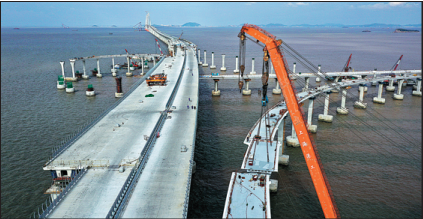
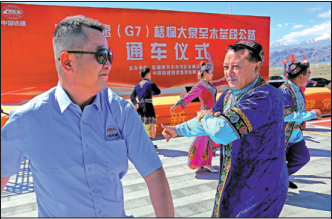
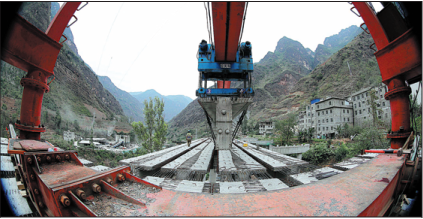
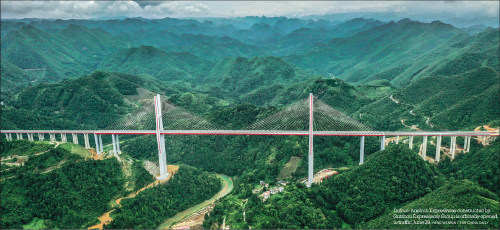
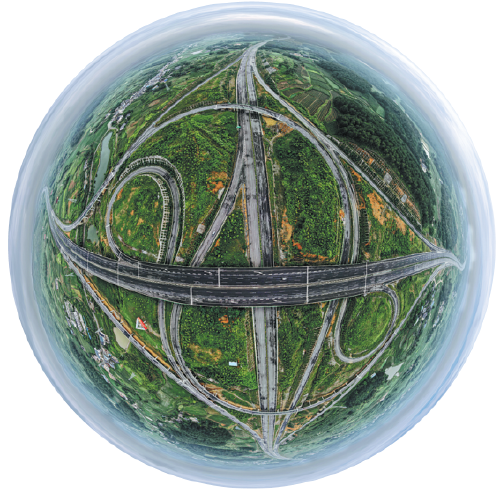
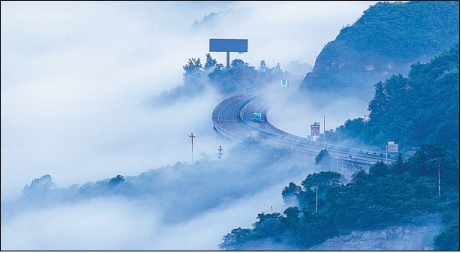
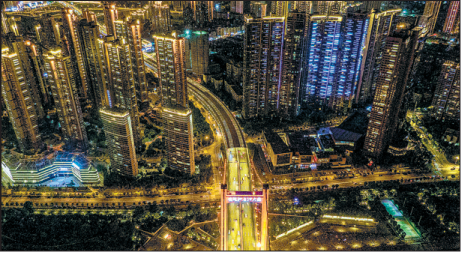
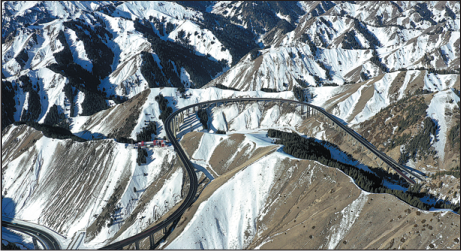
Today's Top News
- China remembers victims of Nanjing Massacre, 88 years on
- New plan will be a road map for a stronger future
- Taiwan's character of the year a vote against confrontation
- Strengthened resilience key for economy
- Video sheds new light on Japan's wartime atrocities
- Xi: World yearns for peace, trust more than ever





















